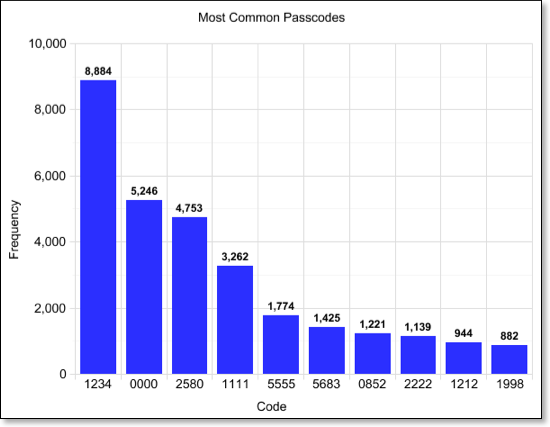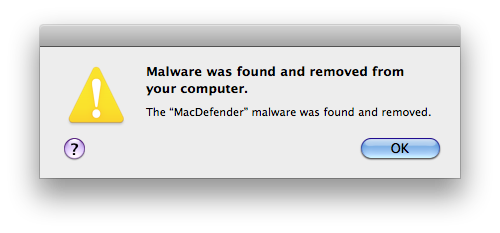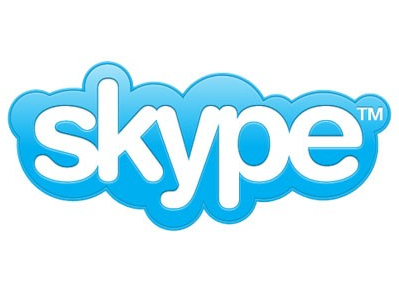Following the release of @comex’s latest jailbreak tool yesterday, JailbreakMe 3.0, many wondered how long it would take for Apple to take action and patch the security hole that allows special PDF documents opened through Mobile Safari to give admin privileges to code hidden inside them. The method, discovered and developed by comex, enables JailbreakMe to install Cydia on devices running iOS 4.3 and above with a simple click, making it the easiest jailbreak ever developed for a variety of devices including the iPad 2. The exploit works on various versions of iOS after 4.3, but the iPad 2 is only being targeted on iOS 4.3.3. As a preliminary version of the exploit leaked online before the official jailbreak was released, comex had already warned users that Apple would soon issue a software update to patch the vulnerability.
The Associated Press reports [via The Next Web] Apple Inc. spokeswoman Bethan Lloyd has confirmed the company is aware of the issue and is developing a fix that will be available via Software Update. A group of German researchers took a look at comex’s exploit yesterday, and warned Apple that any maliciously crafted PDF could take advantage of the Safari hole to install code on a device without a user’s consent.
Apple Inc. spokeswoman Bethan Lloyd said Thursday the company is “aware of this reported issue and developing a fix that will be available to customers in an upcoming software update.”
She declined to specify when the update would be available.
In the past, Apple closed another PDF vulnerability that allowed the installation of Cydia through JailbreakMe 2.0 in roughly a week. Whilst Cydia developers are relying on an exploit that could also be used by malware creators, they’re also taking the necessary steps to prevent the vulnerability from working again after the jailbreak is done and Cydia is installed. In fact, they have released a “PDF Patcher” tool that, once installed from Cydia, will make the exploit used to jailbreak a device unusable. For this reason, Apple will soon issue a software update to officially close the hole, but it’s very likely that several users who don’t want to lose their jailbreaks, yet want to stay secure, will install the unofficial patcher from Cydia.










